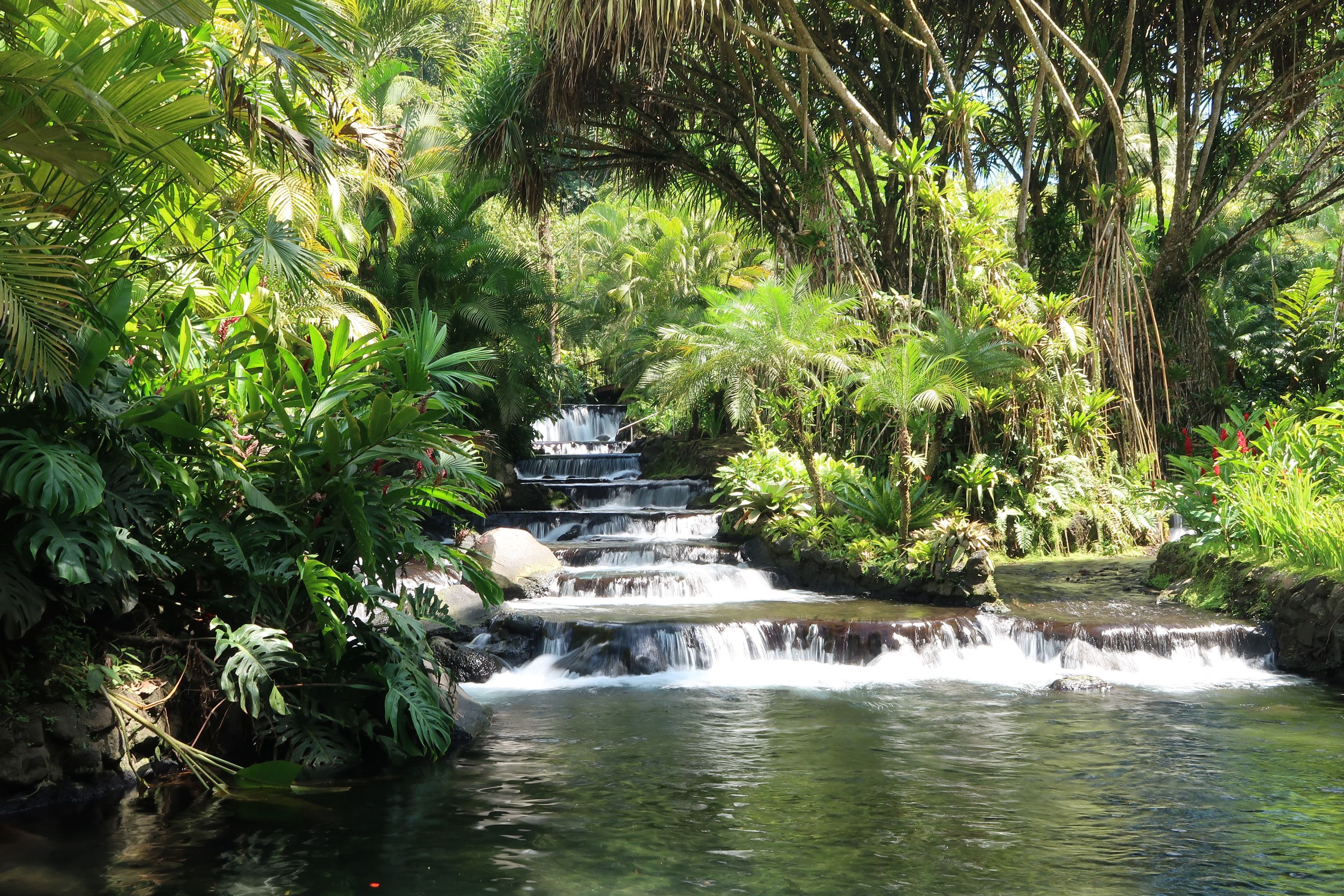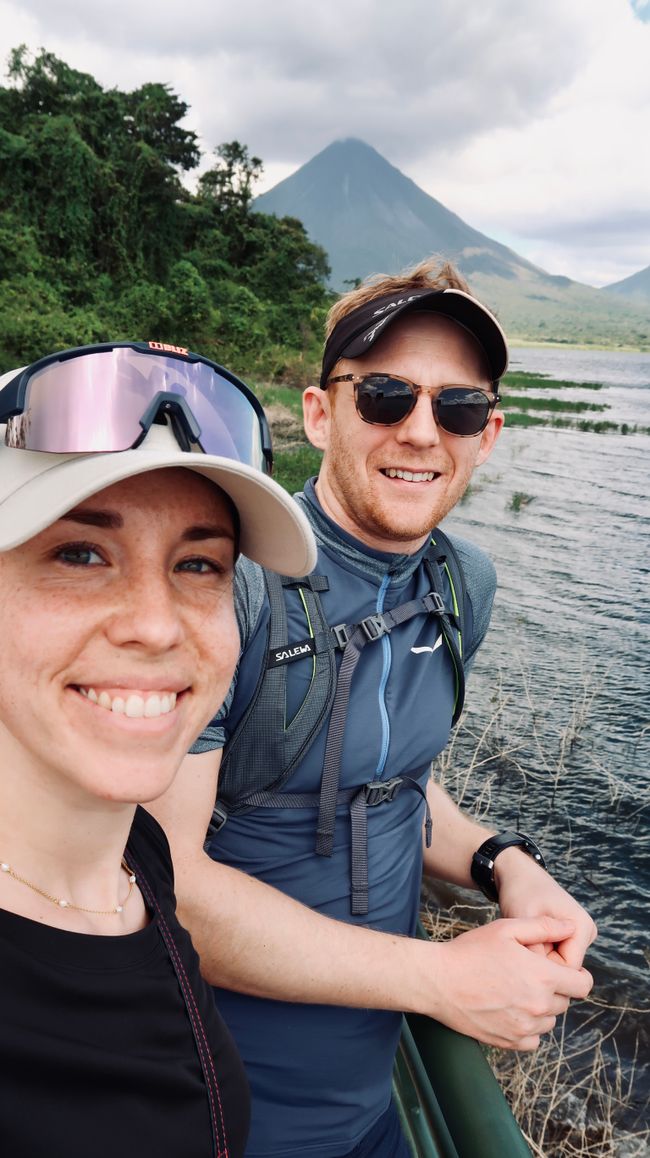Road trip to Puerto Viejo Part 2 - Coffee and Dream Beach
نشرت: 17.02.2022
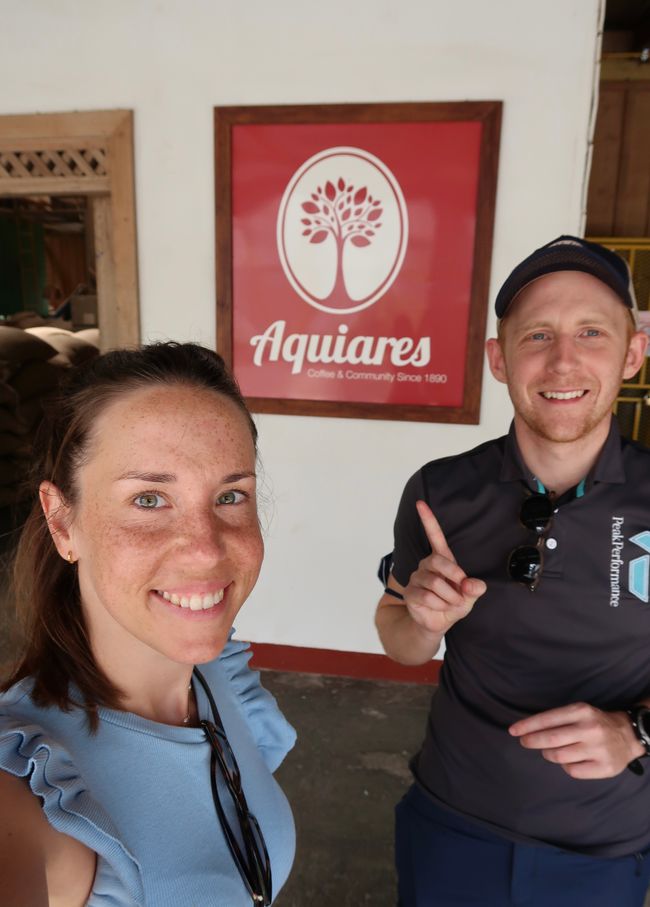
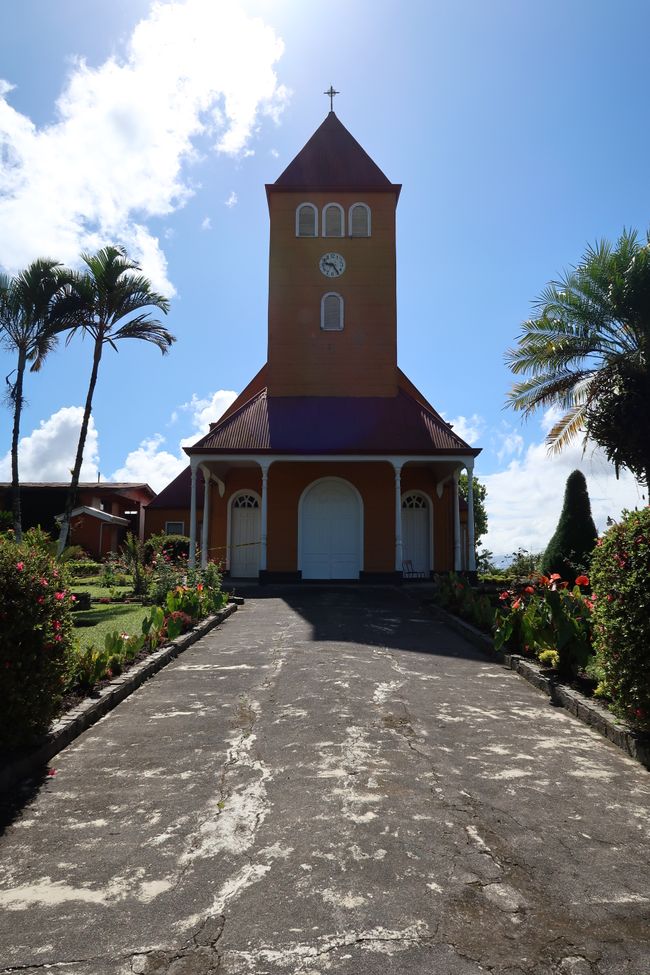
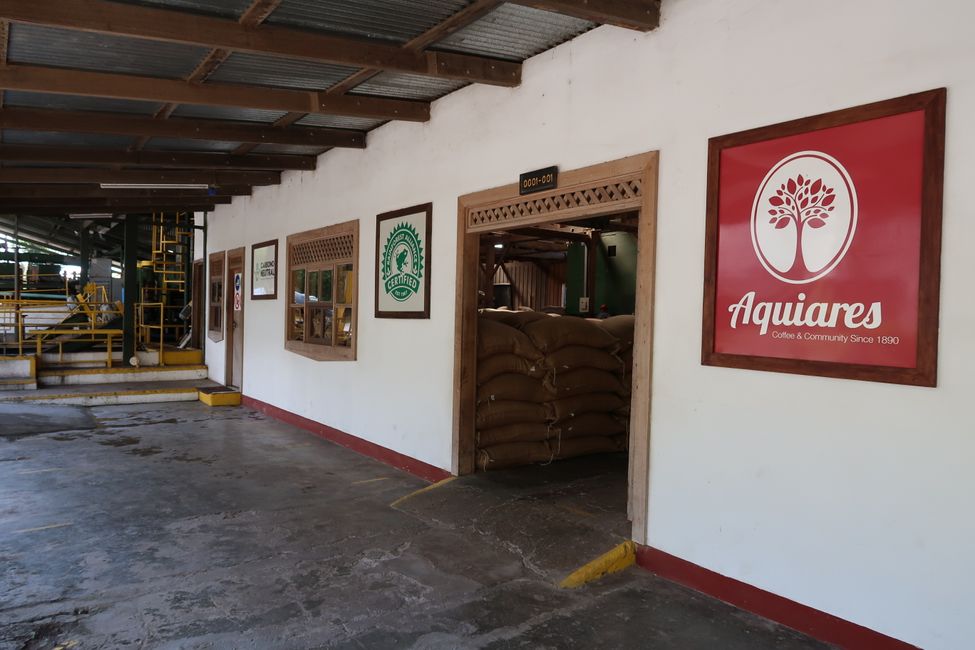
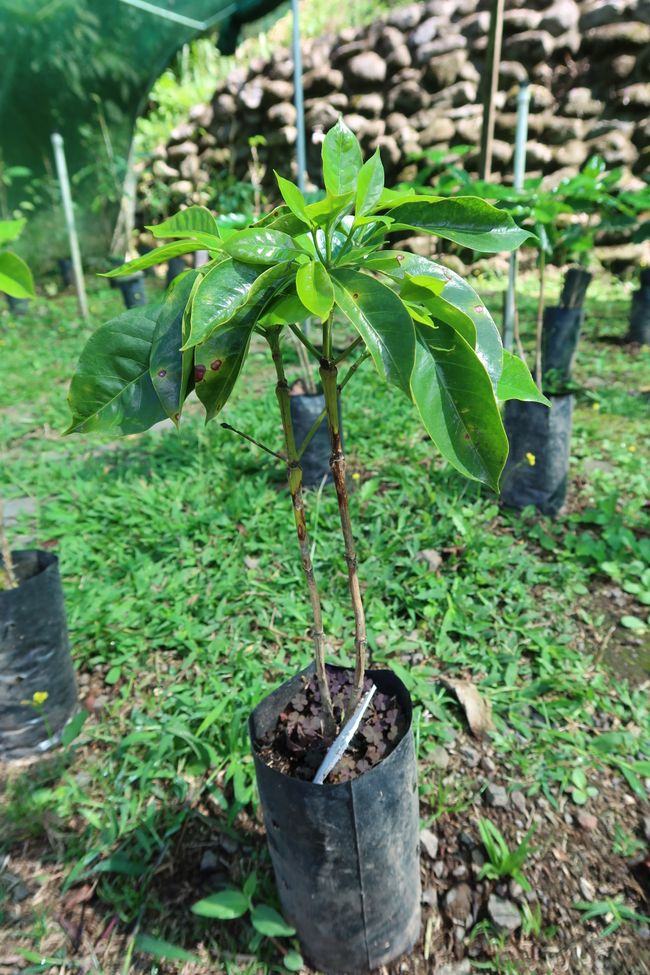
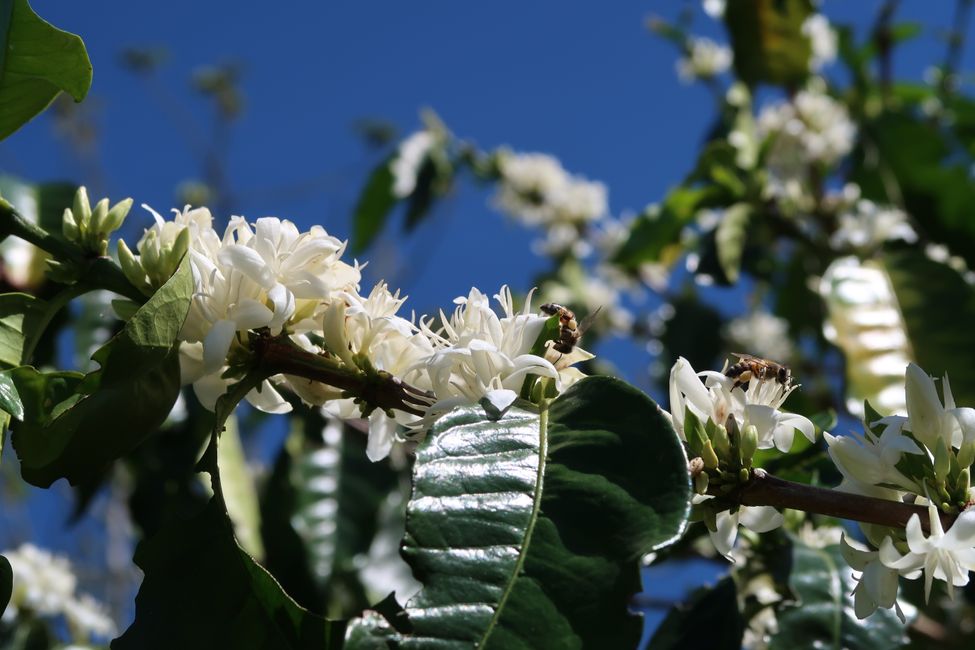
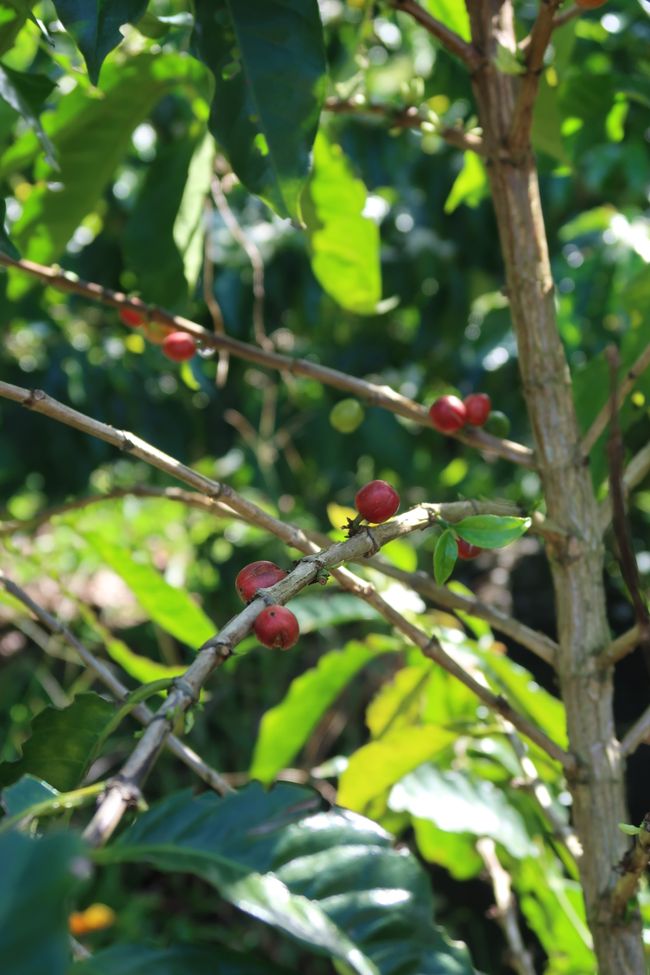
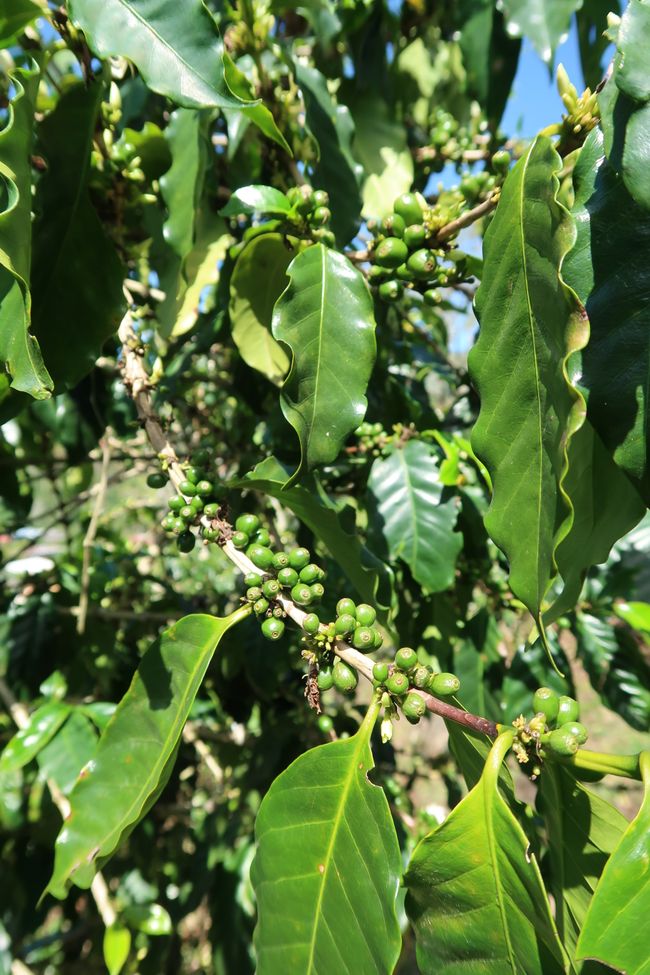
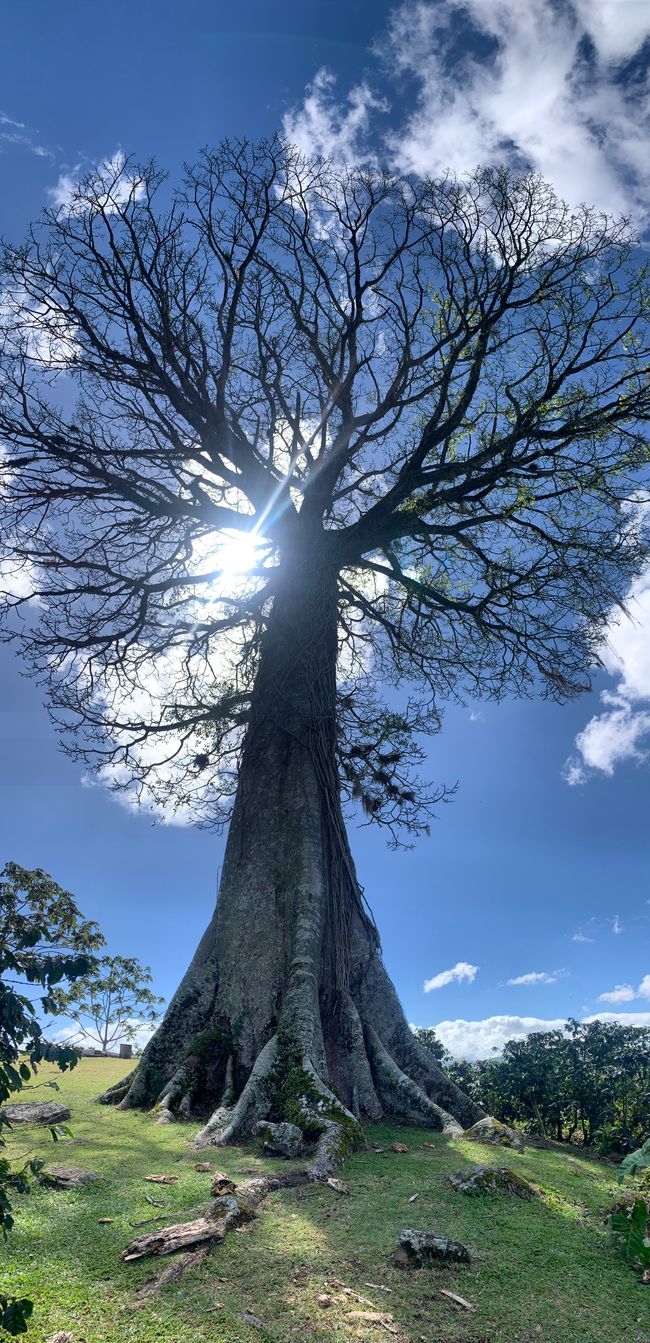
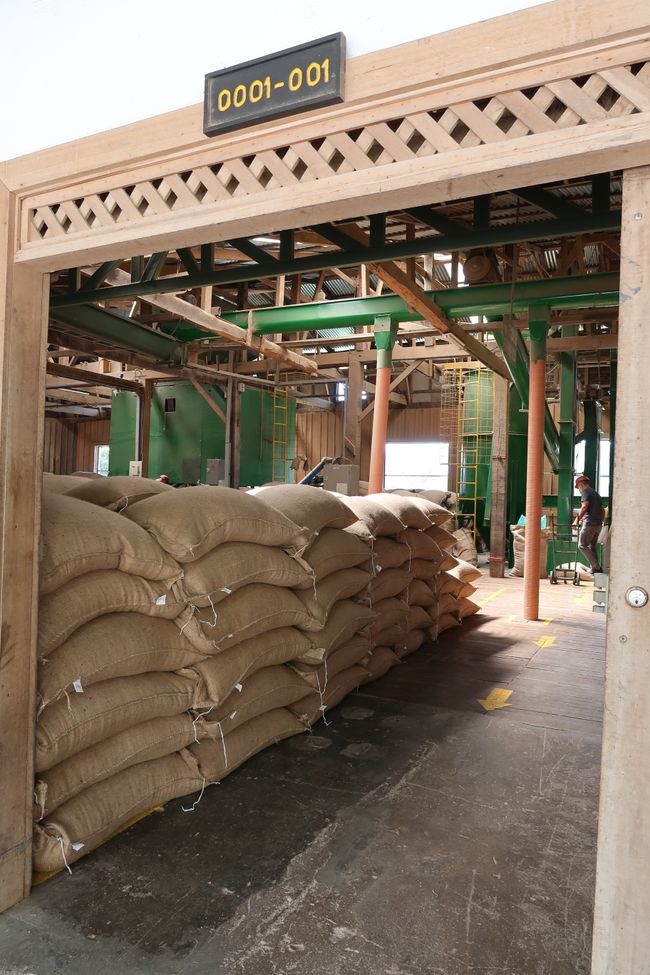
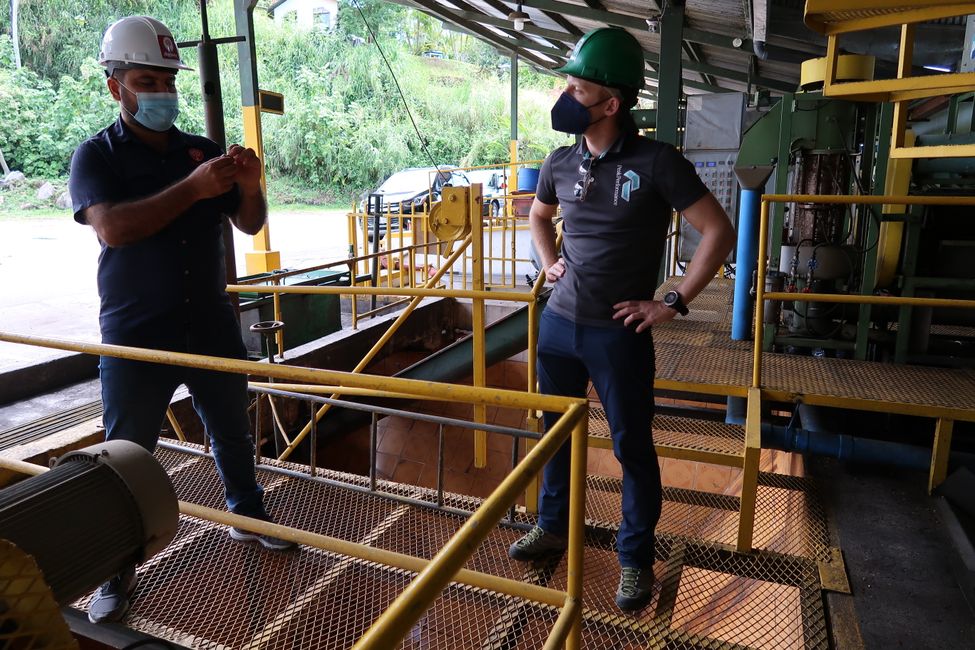
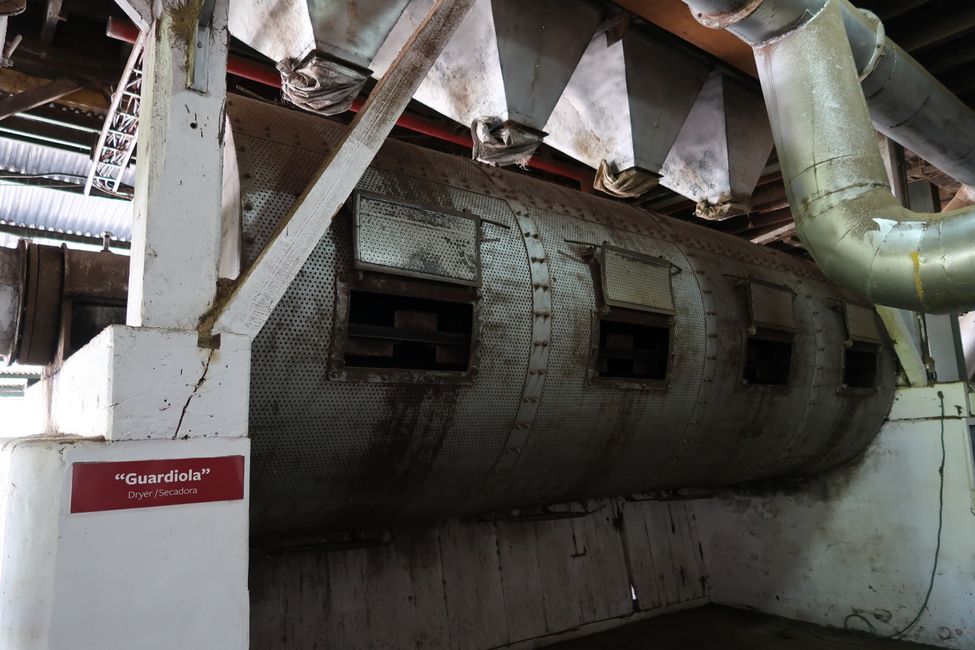
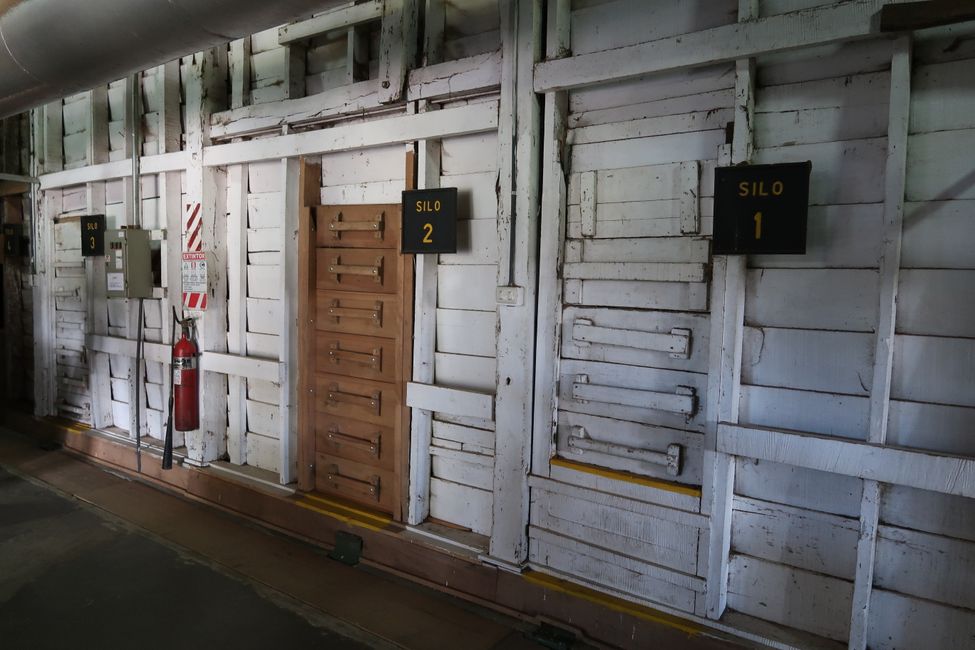
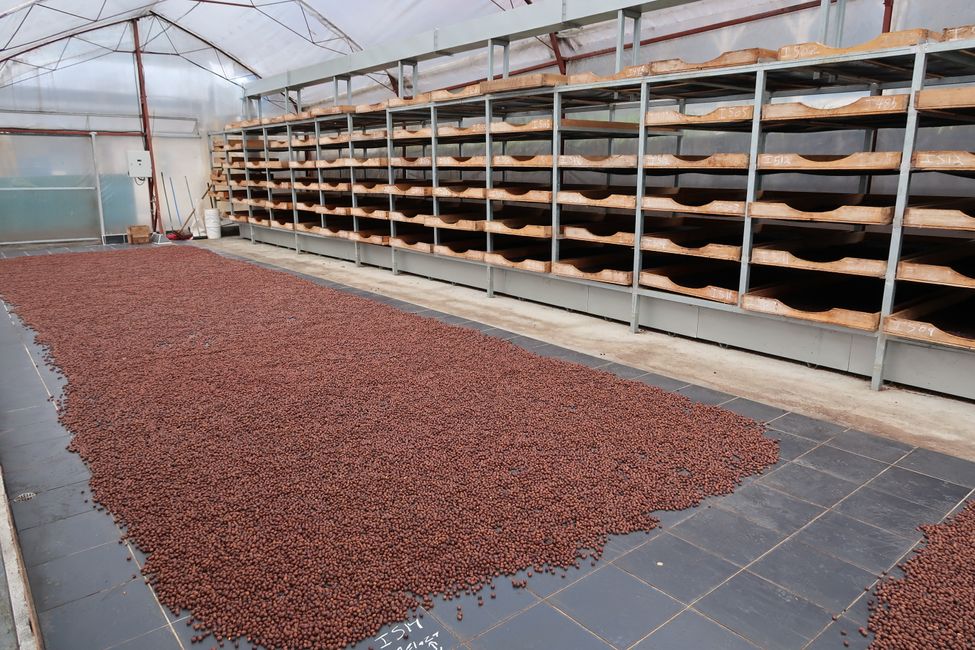
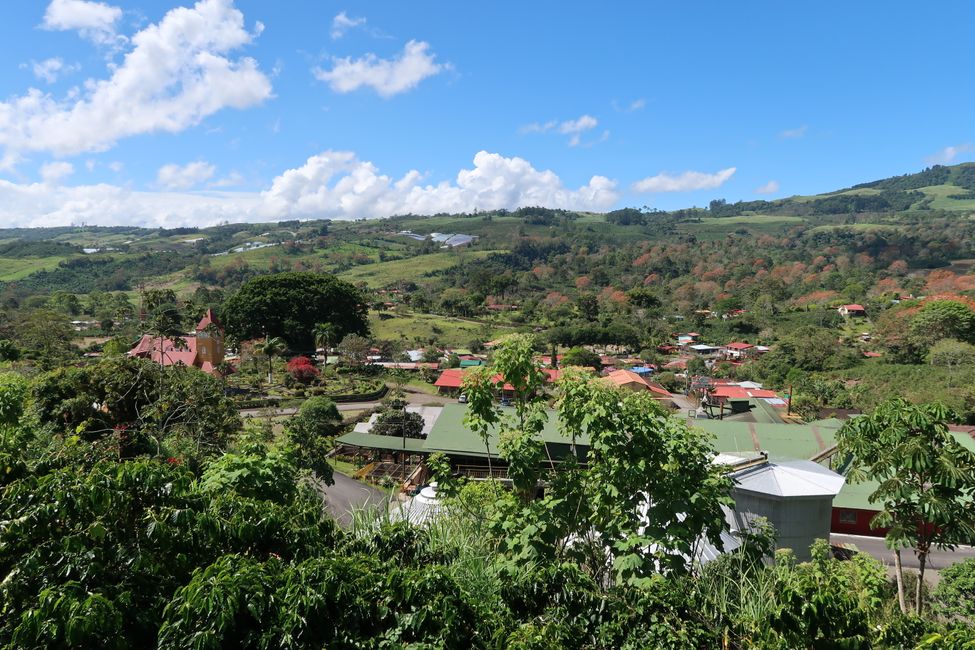
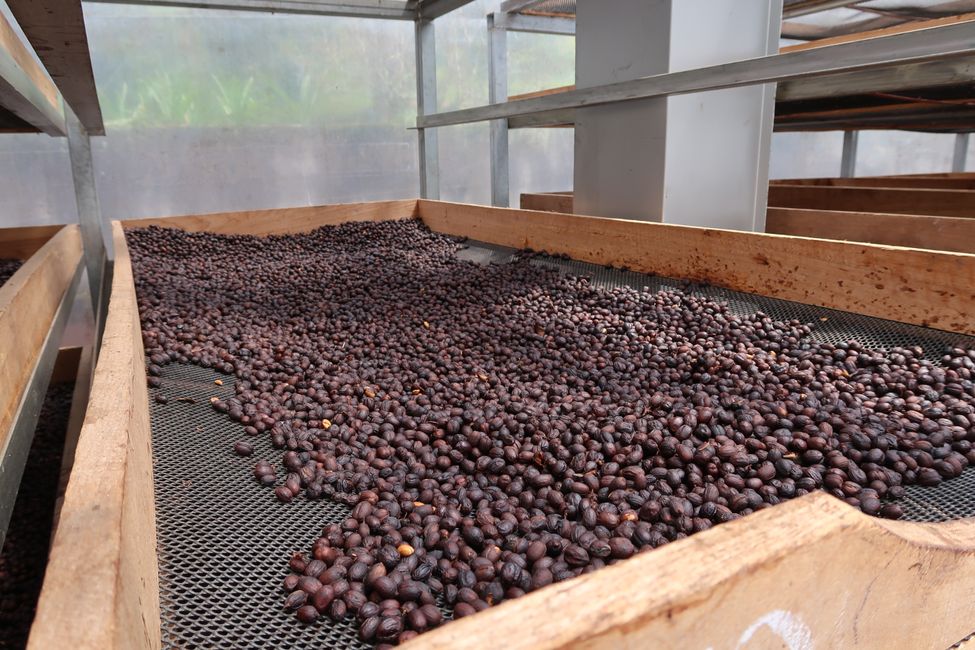
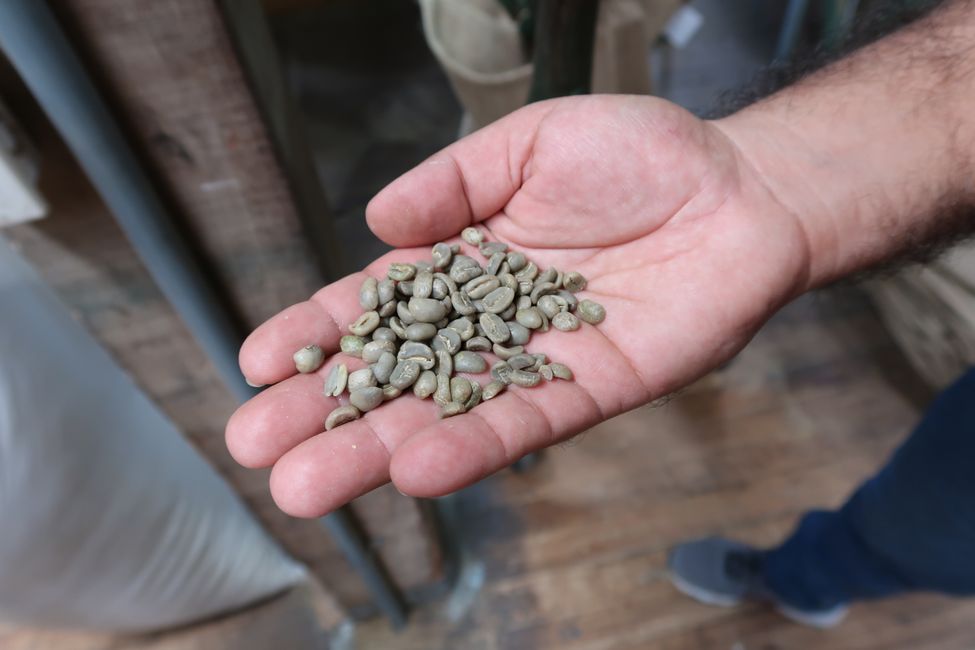
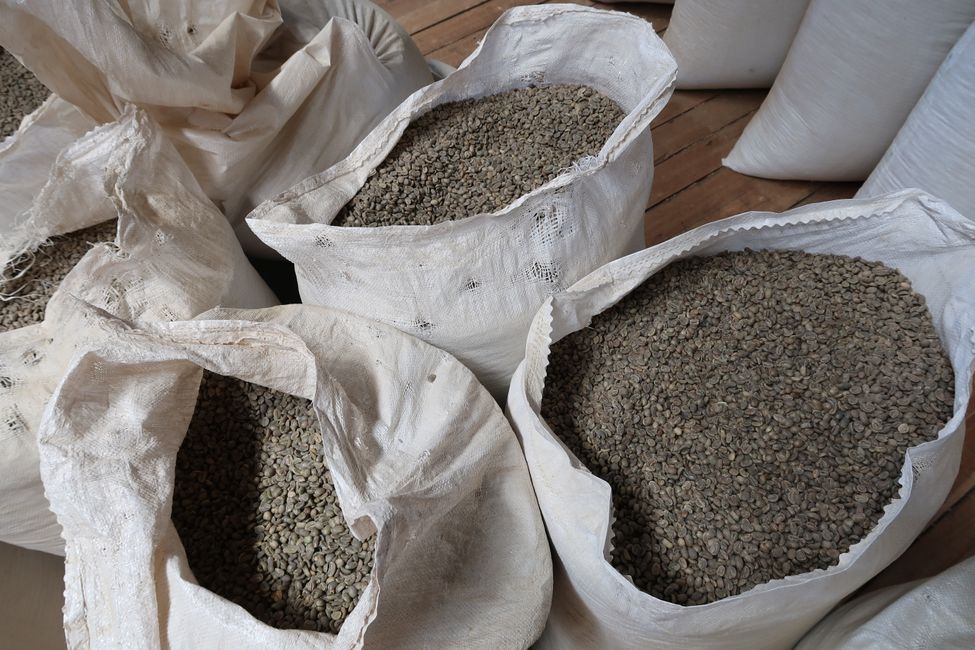
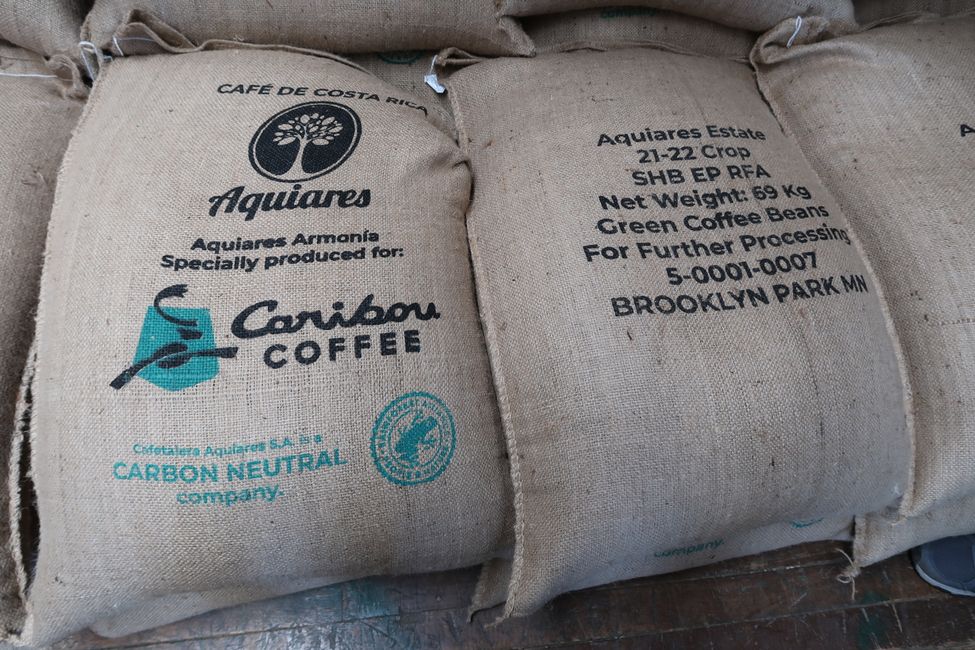
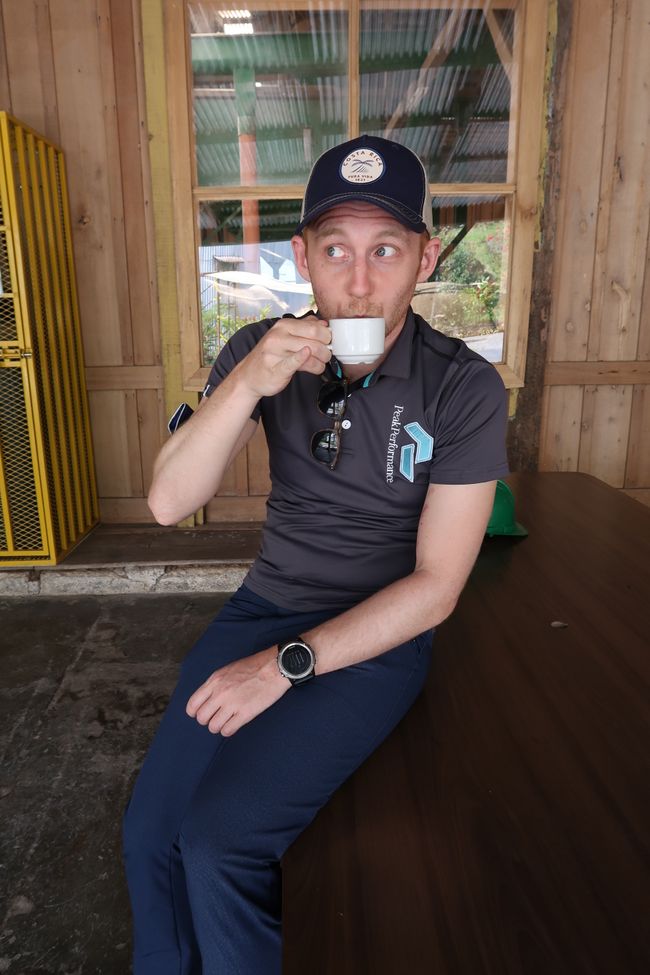
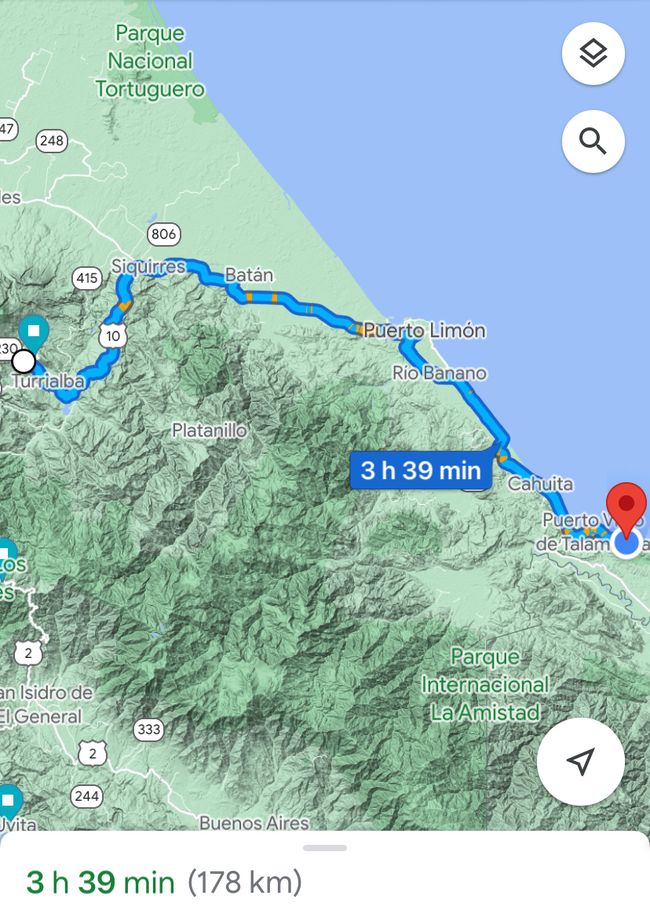
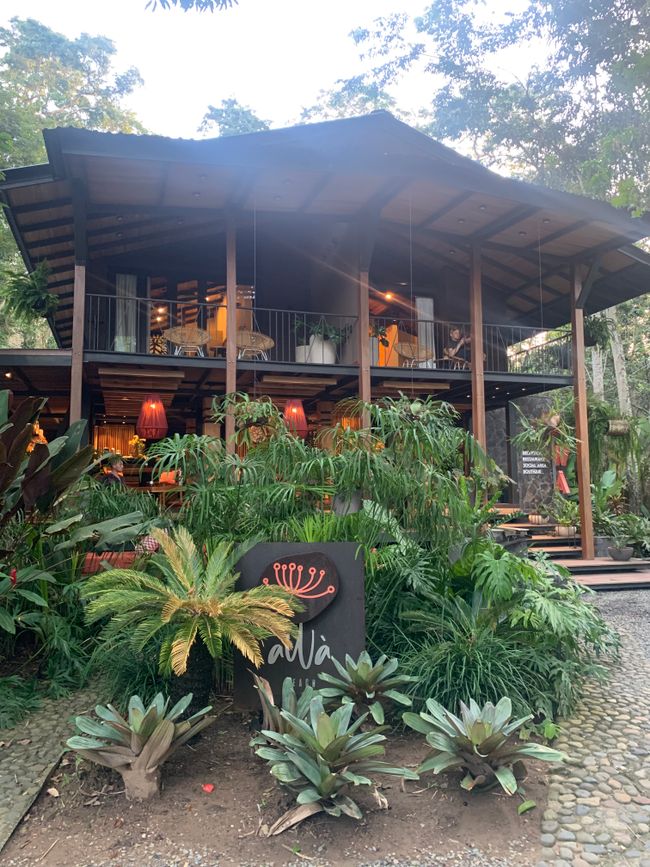
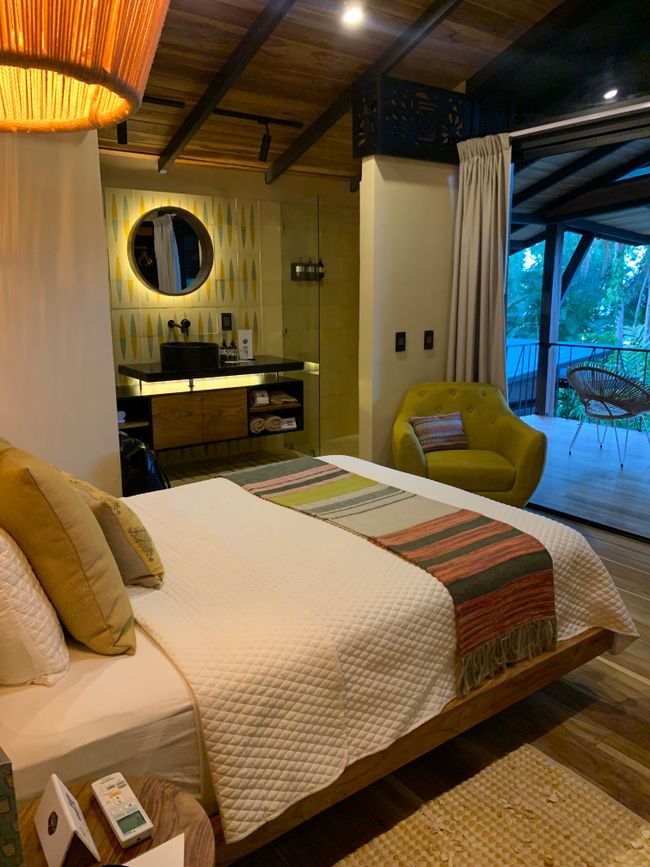
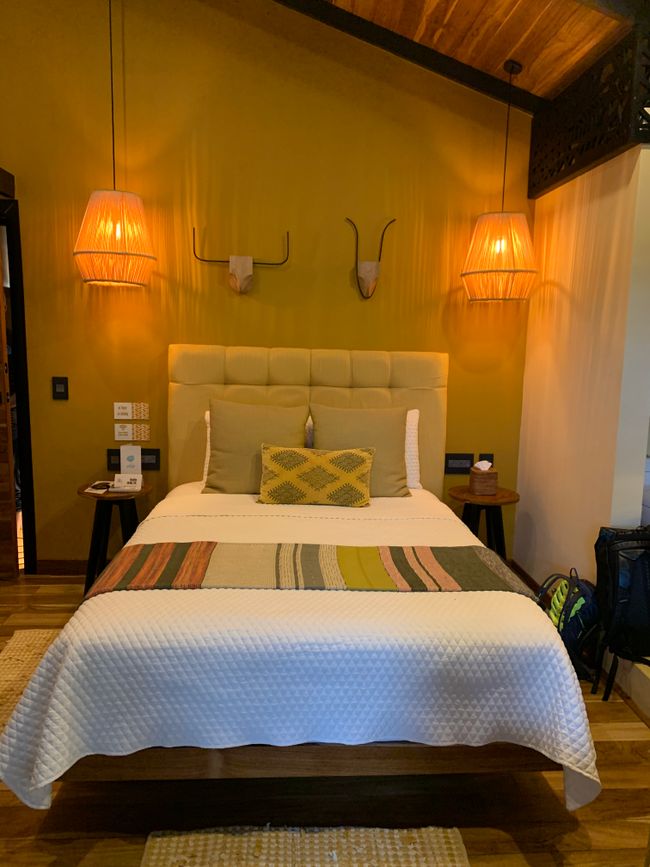
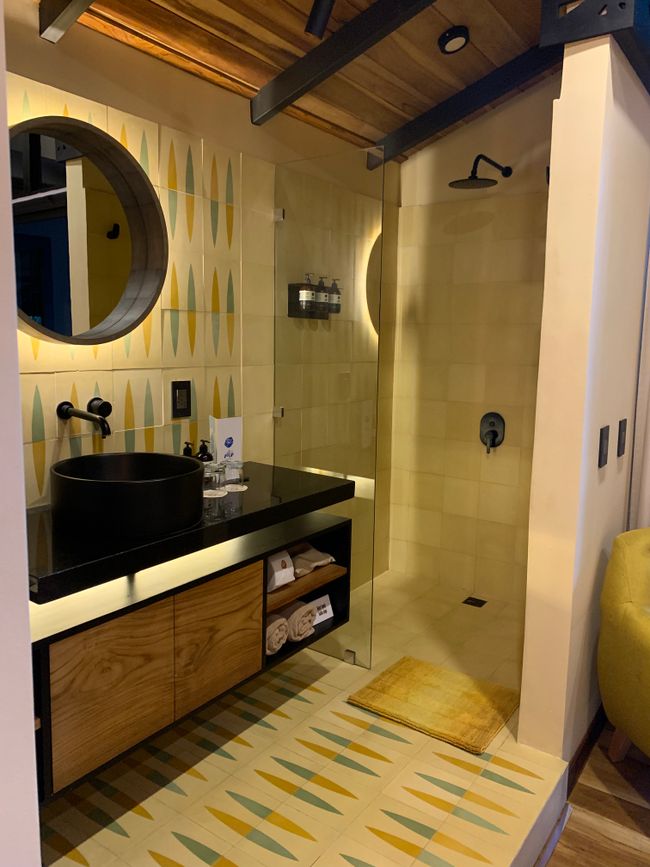
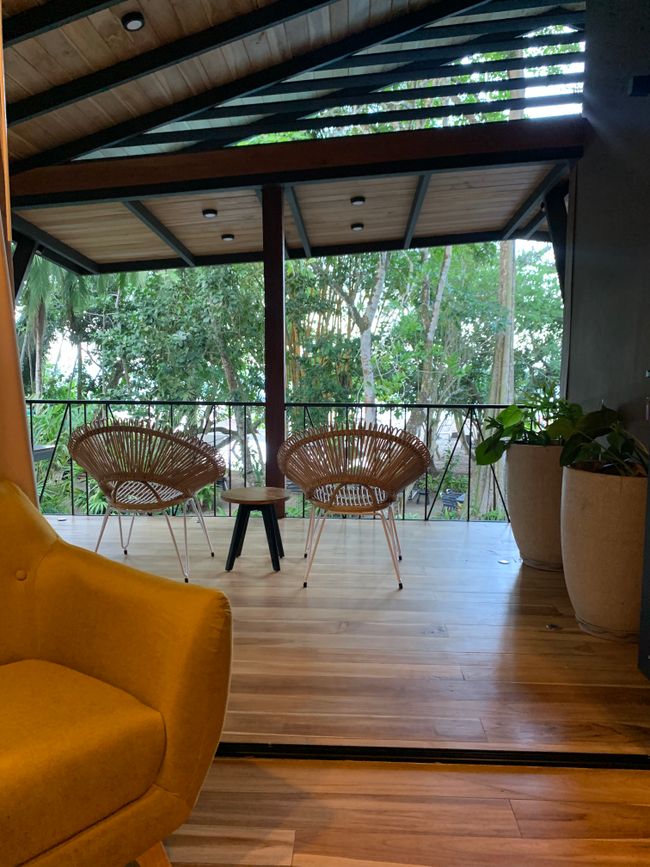
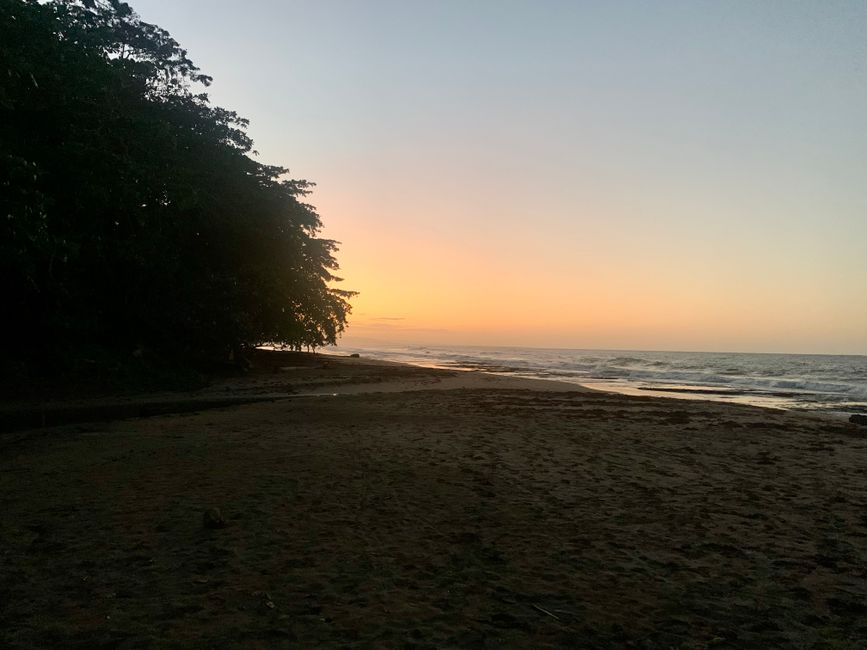
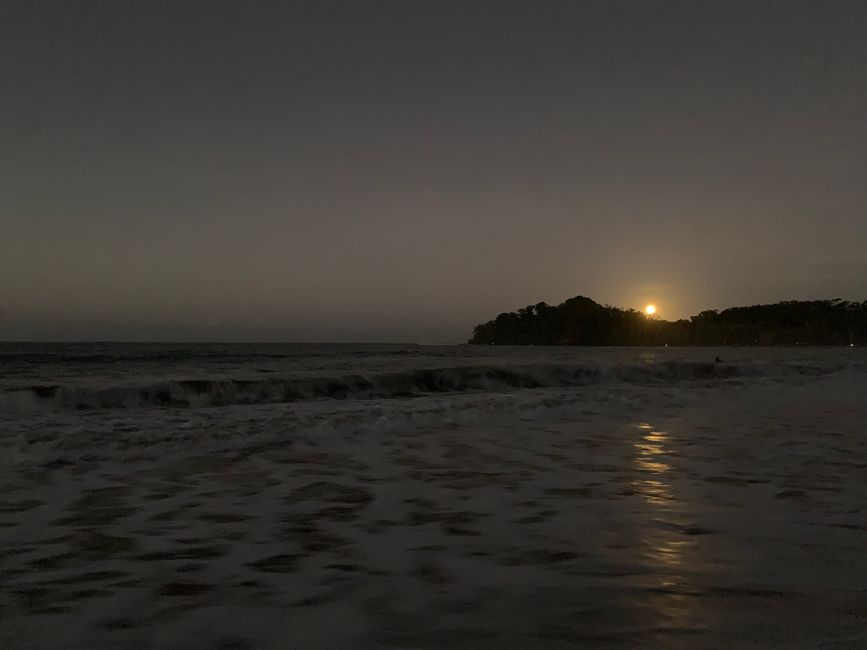
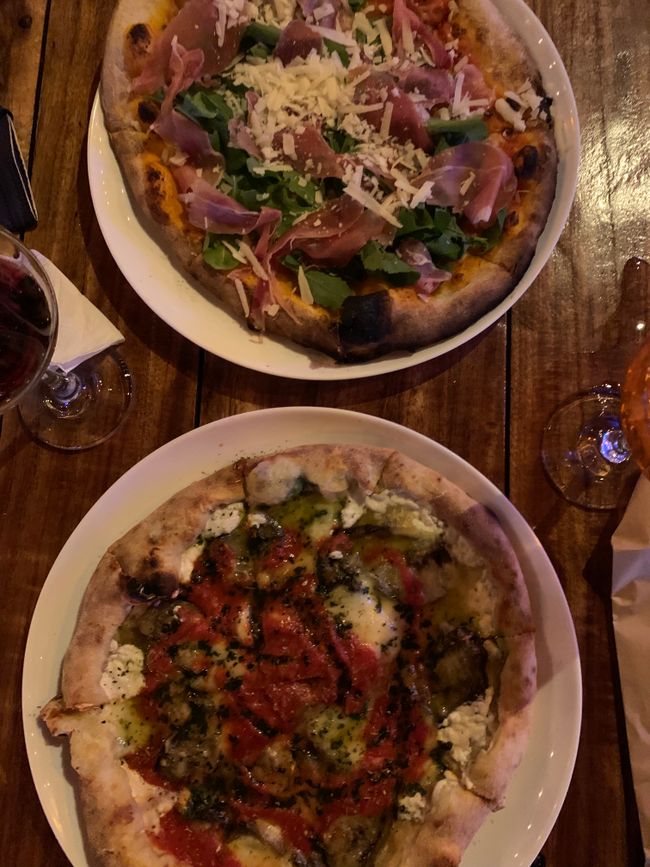
اشترك في النشرة الإخبارية
Day 18 of the trip has now dawned in beautiful Costa Rica. After a very good served breakfast (seems to be usual here to first receive a fruit plate and then an egg dish) we decided spontaneously to visit a coffee plantation that is known for its excellent tours and is nearby.
About 15 minutes away is the Aquiares Coffee & Community. The family-run company, founded in 1820, is a commune with 1800 residents who live and work in about 200 houses on the premises. With its own church, school, and soccer field (the big 3 for every village in Costa Rica, as we have learned ;-)), it really gives the feeling of being in a village, even though it is actually a company site. Despite our spontaneous appearance, we immediately got approval for a guided tour that allowed us to dive deep into the topic of coffee cultivation. With over 900 hectares of cultivation area, it is the largest contiguous coffee plantation in Costa Rica and is also extremely fertile due to its location on the Turrialba volcano (which is currently smoking again).
It is fascinating how complex the cultivation of the coffee bean alone is and which components contribute to its quality. The most important factors are soil, shell (when ripe, it is red), and the liquid in the core. Our guide Danilo answered all our detailed questions and at the end of the tour, we were able to taste two special varieties (which are specially dried and stored). At this point, I warmly recommend to all coffee lovers to see something like this on-site in order to understand how much work and thought goes into a coffee bean.
Armed with a lot of new knowledge and energized by the coffee, we continued towards the coast. Almost 180 km and about 4 hours driving time to the Caribbean coast. A mixture of mountain road, highway construction site, and coastal gravel road was a strain on our nerves, and once again, it must be mentioned that you have to enjoy driving in this country and have a lot of patience. Podcasts and good music playlists, ideally downloaded (as mobile internet is very unreliable), can provide some entertainment.
Finally, around 5:00 pm, we reached our boutique hotel, a bit tired and irritated. Located in the middle of the rainforest and right on the beach, we were greeted with coconut. A stylish house for the perfect Instagram posts and an absolute oasis of calm with a terrace overlooking the sea. Sloths, monkeys, and other creatures right on the premises. After some chillout time, we decided to take a walk on the beach, which was much better illuminated than usual thanks to the full moon tonight (it's damn dark in CR). The crowning glory was our visit to a pizzeria within walking distance. The owner (and Italian) was personally at the pizza oven, and in a very authentic atmosphere, we enjoyed Aperol, red wine, and pizza (which was excellent) while reviewing the day.
The Daily Two:
Insight: Coffee is, of course, an extremely important export product for Costa Rica, as for many other countries in the region. The bean is the heart and has a huge impact on the taste, in addition to the roasting process. These beans are still hand-picked today. During the tour, we asked how much a picker can earn, here are a few numbers: Good companies like Aquiares claim to pay 1500 Colones (= 2.08 €) per "sack" (= 125 kg) (poor companies pay 1.5 €). An average picker can pick 15 sacks per day (= 6 hours). This results in a daily wage of € 31.2 for the picker for 1875 kg of beans. At first glance, this might not seem so bad, but if you break it down to per kg, it is 0.0166 €, actually insane when you consider how much you pay for 1 kg in Austria.
Moment of Happiness: The pizza in the evening compensated for many annoyances on today's day. For Kathi, it was even the best pizza she ever had, and that in Costa Rica ;-). Definitely a recommendation if you're in the area "La Leyenda de L'Antico Forno".
اشترك في النشرة الإخبارية
إجابة (4)
Ursula
Danke für die vielen Infos, werde jeden Kaffee ☕️ jetzt noch mehr wertschätzen! Julia
Wow😍 das Zimmer schaut wunderschön aus 🤩 Monika
Wow, was für eine spannende Geschichte! Dieser Ausflug klingt nach einem tollen Erlebnis - vor allem für eine Kaffee-Liebhaberin wie mich 🤩 Danke für die spannenden Einblicken! Johannes
Ja unbedingt eine Kaffeetour machen wenn du die Möglichkeit hast Moni!
Und ja Julia, das Zimmer ist wirklich fein ;-)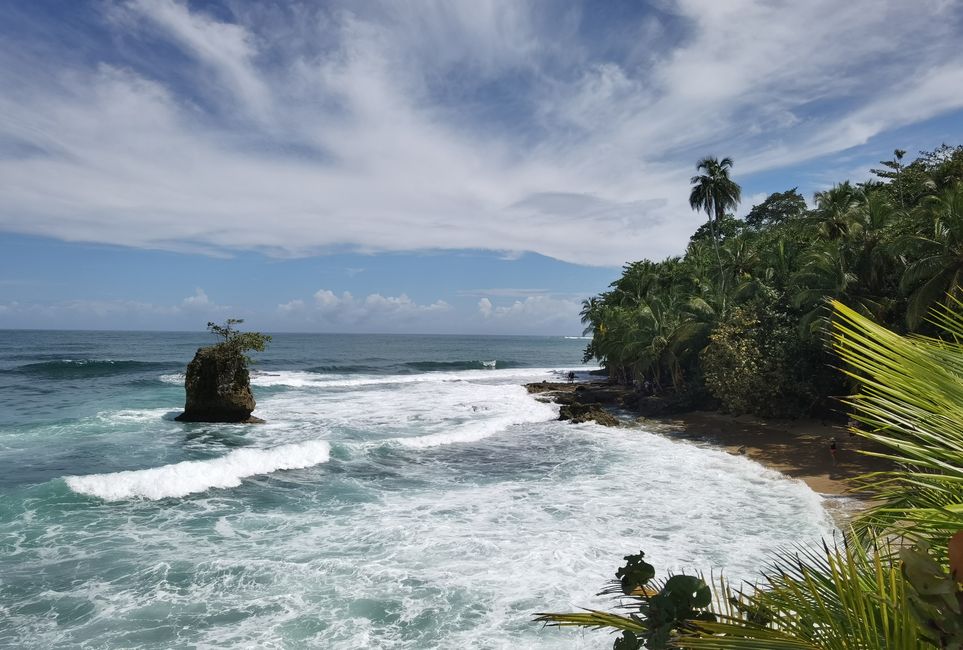
تقارير السفر كوستا ريكا
